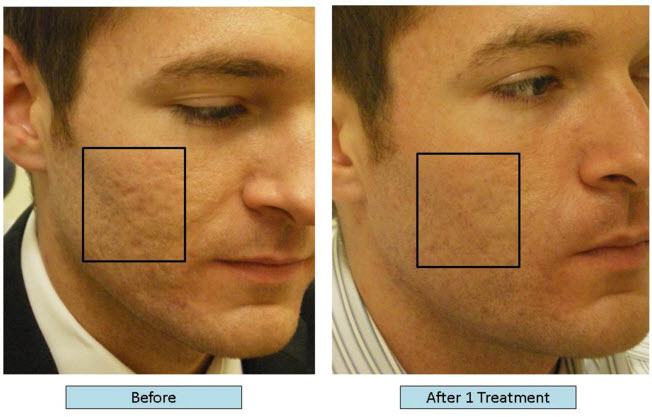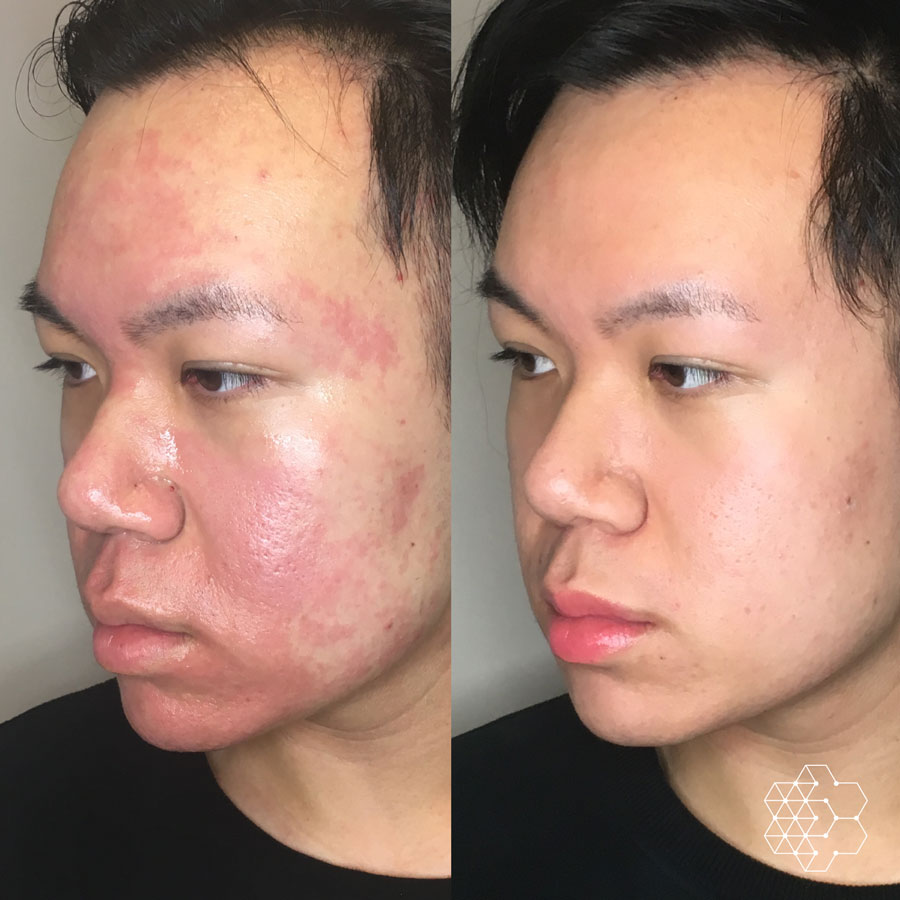How to Treat Acne Scars: Proven Methods for a Flawless Complexion
How to Treat Acne Scars: Proven Methods for a Flawless Complexion
Blog Article
Comprehending the Various Skin Problem and Reliable Therapy Options for Acne Marks
Acne scars stand for a complex interaction of skin problems that considerably influence people' self-esteem and general skin health. As we explore the landscape of acne scar administration, it comes to be obvious that the trip towards clearer skin may involve even more than simply topical remedies.
Types of Acne Scars

On the other hand, hypertrophic marks result from an overflow of collagen during the recovery procedure, bring about elevated areas on the skin. These marks are often firm and can vary in shade, occasionally appearing red or darker than the surrounding skin.
Understanding these kinds of acne marks is essential for establishing a reliable treatment strategy - acne and acne scars treatment. Options might consist of chemical peels, laser treatment, microneedling, or dermal fillers, customized to the particular mark type. A detailed assessment with a dermatologist can assist establish the most appropriate treatment, taking into consideration the individual's skin type, scar severity, and general skin wellness
Sources Of Acne Scarring
Scarring occurs as a result of the body's all-natural recovery response to inflammation and injury triggered by acne lesions. When acne forms, it causes an inflammatory reaction, leading to the release of numerous cytokines and development elements that advertise healing. This procedure can often lead to extreme cells development or poor fixing, resulting in scars.
The key causes of acne scarring consist of the intensity of the acne itself, period of the lesions, and individual skin types. Serious inflammatory acne, such as cysts and blemishes, is most likely to lead to scarring as a result of deeper tissue damage. Furthermore, incorrect handling of acne lesions, such as pressing or picking, can worsen cells injury and inflammation, boosting the possibility of scarring.
Hereditary proneness also plays a significant function; people with a family background of scarring go to a higher threat. Additionally, skin kind and color can affect scar formation, as darker skin tones might experience post-inflammatory hyperpigmentation, while lighter skin might create atrophic marks.
Inevitably, understanding these causes is crucial in handling acne and reducing the possibility for scarring.

Treatment Choices for Scarring
Efficient treatment choices for acne scarring vary depending on the type and intensity of the marks. Normally categorized right into atrophic, hypertrophic, and keloid marks, these problems call for tailored approaches for optimum outcomes.
For atrophic marks, which are characterized by a loss of cells, treatments such as chemical peels, microdermabrasion, and laser therapy are frequently used. These methods promote skin revival and stimulate collagen manufacturing, therefore boosting skin structure. Subcision, a minimally invasive procedure, can additionally work by damaging up coarse bands underneath the skin.
Keloid and hypertrophic scars can be more testing to deal with. Alternatives consist of corticosteroid injections to lower swelling and squash the marks. Sometimes, cryotherapy or laser therapy might be suggested to minimize their look.
Surgical alternatives are readily available for serious scarring, where excision or skin grafting may be required. It's necessary for individuals to speak with a skin doctor to evaluate their specific mark type and talk about one of the most suitable therapy plan. Combining numerous treatments frequently generates the most effective results, making certain that each individual's one-of-a-kind skin condition is addressed efficiently.
Natural Remedy and Natural Solutions
Natural remedies and home remedies can give an obtainable technique for individuals seeking to boost the look of acne marks (acne treatment for sensitive skin). Numerous active ingredients discovered in the home kitchen have actually demonstrated prospective advantages in improving skin appearance and promoting healing

Another effective alternative is lemon juice, which functions as a natural exfoliant and can lighten hyperpigmentation. It needs to be utilized very carefully, as it might trigger photosensitivity. Oat meal masks are likewise helpful; their gentle exfoliation can aid eliminate dead skin cells while calming inflammation.
Vital oils, such as tea tree oil and lavender oil, can even more support mark healing due to their antimicrobial residential properties. It is important to perform a spot test before using any solution to make sure there are no unfavorable reactions. These all-natural services can be a complementary strategy in the journey to diminish acne marks.
Stopping Future Scarring
Taking on a proactive technique to skin care can considerably reduce the threat of establishing future acne marks. Routine cleaning, peeling, and hydration can help preserve skin health and avoid clogged pores.
In addition, preventing the lure to press or choose acne sores is crucial, as this can lead to swelling and subsequent scarring. Rather, individuals should concentrate on applying topical treatments that advertise healing and minimize inflammation. Components such as salicylic acid, benzoyl peroxide, and retinoids are understood for their effectiveness in taking care of acne and reducing scars.
Sun security is another crucial element; exposure to UV rays can hamper and dim scars healing. For that reason, using a broad-spectrum sun block daily can minimize these impacts - acne treatment for sensitive skin.
Last but not least, maintaining a healthy diet rich in antioxidants and staying hydrated assistances skin regrowth. By carrying out these precautionary measures, people can substantially reduce their danger of future scarring and promote general skin health and wellness.
Conclusion
To conclude, a detailed understanding of acne scars, including both atrophic and hypertrophic look these up types, is essential for effective therapy methods. Tailored treatments, consisting of specialist treatments and home solutions, can substantially enhance skin look and texture. Preventive measures additionally play a vital function in decreasing future scarring. Examination with a dermatologist stays crucial to devise customized strategies that think about individual skin kinds and scar extent, inevitably boosting the effectiveness of scar administration strategies.
Acne marks represent a complex interaction of skin conditions that dramatically influence individuals' self-confidence and general skin wellness. The two Discover More Here key classifications of acne scars are atrophic and hypertrophic marks. These marks are additional classified into three subtypes: ice choice scars, which are deep and slim; boxcar scars, which are larger and have well-defined sides; and rolling scars, which create a wave-like appearance due to unequal skin structure.
A detailed appointment with a skin doctor can help establish the most suitable intervention, taking into account the individual's skin type, scar extent, and overall skin wellness.
Appointment with a dermatologist remains important to design customized techniques that consider individual skin types and mark severity, ultimately enhancing the effectiveness of mark monitoring methods.
Report this page